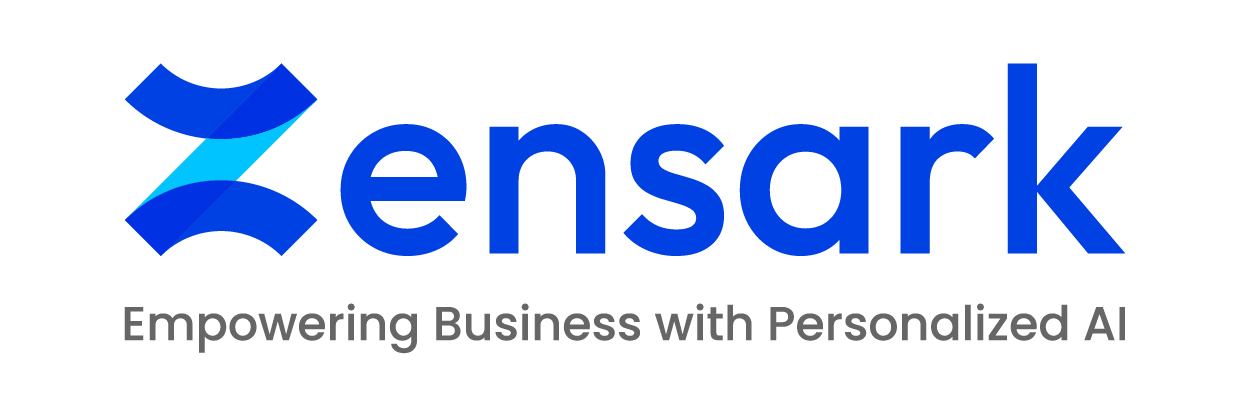Optimizing Retail Operations: Cut POS Deployment Time by 95% and Costs by 45% with Automation
Zensark AI Division
June 6, 2024


Identifying the Challenges and Finding the Solution
- Errors: Manual processes are prone to human errors, which can lead to bugs and glitches in production.
- Long Deployment Times: Deployment times can stretch from days to weeks, slowing down the time-to-market for new features and updates.
- Delayed Revenue Realization: Prolonged deployment cycles delay the realization of revenue from new functionalities and improvements.
- CI/CD Pipelines: Continuous Integration and Continuous Deployment pipelines automate the build, test, and deployment processes, ensuring that code changes are integrated and delivered continuously and seamlessly.
- Automated Testing: Regression test cases are automated and integrated to ensure thorough testing before deployment, catching issues early and improving product reliability.
- Code Repository Integration: Integrate the code repository to trigger automatic commits and deployments upon code push, streamlining the workflow and reducing manual interventions.

The Transformative Impact of Automation
By shifting to automated CI/CD pipelines, deployment times can be reduced by up to 95%. What previously took days now only takes a few hours, significantly speeding up the development cycle and allowing for more frequent releases. This quick turnaround is vital in the fast-paced retail industry, where staying ahead of the competition requires rapid innovation.
Automated testing ensures that every deliverable is thoroughly tested before reaching production. This minimizes the risk of failures and maintains high standards of quality. By automating regression tests, you can ensure that new code changes do not negatively impact existing functionalities, providing a more stable and reliable product to your customers.
Additionally, automation and CI/CD reduce the need for manual intervention, cutting overall costs by 45%. This efficiency gain allows businesses to reallocate resources to more strategic initiatives, such as enhancing customer experience and developing new features. The reduction in manual tasks also reduces the likelihood of human error, further improving the quality and reliability of the software.

Implementing Automation: A Seamless Transition
Implementing automation starts with a thorough evaluation of your current processes. Identify the pain points in your development, testing, and deployment procedures. This involves understanding where delays occur, what tasks are prone to errors, and which processes are most labor-intensive.
Next, choose the right tools that fit your needs. CI/CD tools like Jenkins, GitLab CI/CD, and CircleCI offer robust solutions for automating the build, test, and deployment processes. Automated testing frameworks such as Selenium, JUnit, and TestNG can be integrated to ensure comprehensive testing coverage.
Setting up CI/CD pipelines involves creating pipelines for Continuous Integration and Continuous Deployment. This includes configuring automated builds and tests to run on code commits, ensuring that each change is validated before it is merged and deployed. This process not only speeds up the deployment cycle but also improves the overall quality of the codebase by catching issues early.
Integrating your code repository (e.g., GitHub, GitLab) is crucial to trigger automatic deployments upon code push. This integration ensures that every code change is automatically built, tested, and deployed, reducing the need for manual intervention and speeding up the deployment process.
Automate regression tests by developing and integrating test cases to run automatically before each deployment. Regression testing ensures that new code changes do not introduce new bugs or break existing functionalities, providing a stable and reliable product to your customers.
Finally, continuously monitor the process and make adjustments to improve efficiency and effectiveness. Monitoring tools like Prometheus, Grafana, and New Relic can provide insights into the performance of your CI/CD pipelines, helping you identify bottlenecks and areas for improvement.

Conclusion: Embrace Automation for Success
Just like many leading companies in the POS software market, you can revolutionize your business operations and stay ahead in the competitive landscape. Automation not only improves efficiency but also enhances the quality and reliability of your software, providing a better experience for your customers.
The benefits of automation are clear: reduced deployment times, higher quality deliverables, and lower costs. By embracing automation, you can transform your business operations, allowing you to focus on innovation and growth.
Ready to transform your deployment process?
